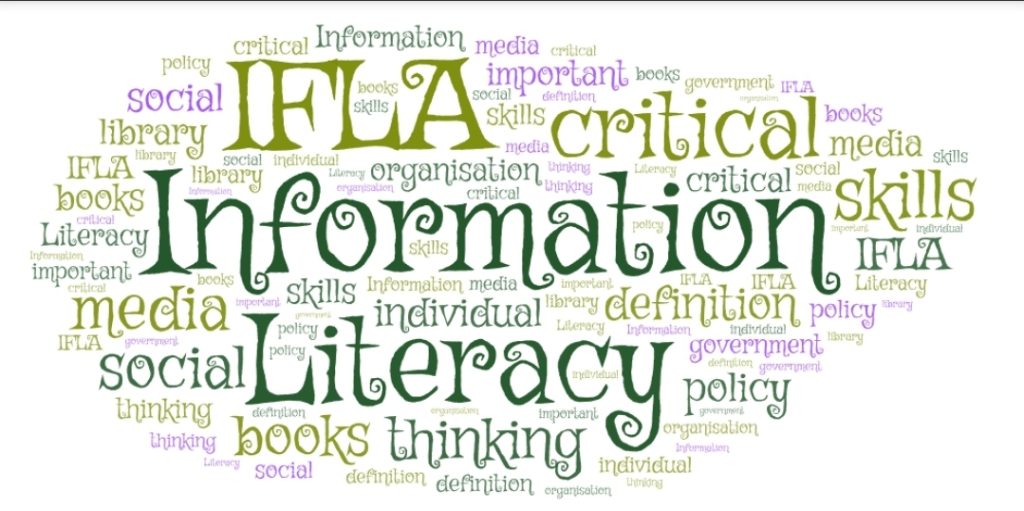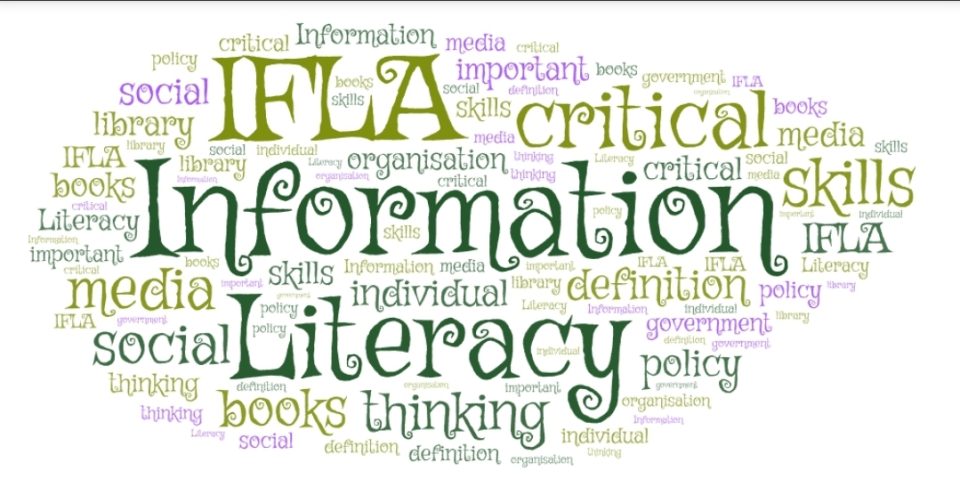AI, Deepfakes, and Media Literacy: The Key to Navigating a Digital World with AI and Media Literacy
Detecting AI-generated content is increasingly challenging. As AI models advance, identifying fact from fiction becomes an uphill battle. There’s an intensive need for understanding AI and media literacy.
To address this, businesses and individuals must prioritize media literacy. Building critical thinking skills can help people distinguish real content from manipulated media.
Why Media Literacy Is Critical
AI detection tools like Pindrop, Maybe’s AI Art Detector, and WeVerify offer valuable assistance. However, these tools have limitations and struggle to keep pace with evolving AI technologies.
For instance, AI tools like Grok-2 are now capable of creating deepfakes so convincing they blur the line between reality and fiction. Recent deepfake videos, including one shared by Elon Musk portraying Kamala Harris, highlight the dangers of unchecked AI use.
These manipulated videos, often depicting fabricated crimes or false relationships, can mislead the public. With elections approaching, such content poses significant risks to democracy and informed decision-making.
Thus, media literacy becomes indispensable. It equips individuals to question sources, analyze information, and maintain a skeptical approach to online content.
Balancing AI Innovation with Brand Trust
For businesses, AI presents both opportunities and challenges. On one hand, it enables scalable content creation and personalization. On the other, over-reliance on AI risks damaging authenticity and trust.
Instead of choosing between innovation and trust, businesses can blend both. Viewing AI as a tool to enhance human creativity ensures innovation while preserving brand reputation.
Transparency is key. Companies must clearly communicate how AI is used, fostering trust among increasingly skeptical audiences. Solutions like Adobe’s Content Credentials and blockchain-based tracking systems provide verifiable ways to label and authenticate content.
These tools ensure creators can establish transparent records, preserving integrity in an age of rampant digital manipulation.
Transparency and Authenticity in AI Marketing
AI-driven content must be accompanied by clear disclosures. Transparency reassures consumers and strengthens brand loyalty.
Additionally, businesses should focus on maintaining a consistent brand voice. A recognizable tone helps audiences trust the authenticity of content, regardless of AI involvement.
Earned media, such as third-party endorsements or media mentions, becomes increasingly vital. Its inherent credibility offers social proof, making it a valuable asset in building trust.
Practical Steps to Foster Media Literacy
Addressing AI manipulation requires collaboration. Educational institutions, media organizations, and tech companies must unite to create comprehensive media literacy programs.
Public awareness campaigns and workshops can bridge the gap, equipping people with skills to navigate digital media. Fact-checking, source verification, and exposure to diverse perspectives are essential components of these programs.
Governments should allocate resources to promote media literacy. Similarly, businesses can support initiatives that encourage critical thinking and skepticism among their audiences.
The Collective Responsibility
Media literacy is a shared responsibility. Individuals must take the initiative to question and verify information. Meanwhile, businesses and governments must provide resources to support these efforts.
In a world dominated by AI and deepfakes, media literacy isn’t optional—it’s essential. While detection tools play a role, the true solution lies in empowering people to critically evaluate the media they consume.
By fostering these skills, society can mitigate the risks of misinformation and manipulation, ensuring a more informed and resilient digital ecosystem.
Key CX Takeaways in AI and Media Literacy
1. Empower Customers with Critical Thinking Skills
In an era where deepfakes and AI-generated content blur reality, fostering critical thinking becomes essential. Businesses should create educational initiatives to help customers question and analyze the authenticity of content they consume. This will enhance customer confidence in distinguishing trustworthy information from manipulated media.
2. Prioritize Transparency in AI Usage
Consumers value honesty. Clearly disclose when and how AI is used in content creation or customer interactions. Transparency fosters trust and helps customers feel confident that the brand values ethical practices, enhancing their overall experience.
3. Use AI to Personalize Without Sacrificing Authenticity
AI-driven personalization offers tailored experiences but must balance with authenticity. Customers resonate more with humanized messaging than automated, impersonal responses. Businesses should ensure AI-powered interactions feel relevant yet genuine.
4. Provide Tools for Verifying Content
Introduce customers to accessible AI detection tools or partner with technology providers to help audiences verify the origin of digital media. Such tools empower consumers to validate the credibility of content, creating a sense of safety when engaging with the brand.
5. Enhance Trust Through Blockchain for Content Authenticity
Leverage blockchain technologies like NFTs or content credentials to authenticate the origin and ownership of media. This ensures customers can trace back content to its source, reducing misinformation concerns and fostering long-term trust.
Key CX Takeaways
6. Offer Educational Workshops and Awareness Campaigns
Host workshops or webinars that teach media literacy skills. Campaigns emphasizing how to verify sources, identify manipulated media, and maintain a critical perspective enhance customer knowledge and loyalty. Educated customers become advocates for the brand’s credibility.
7. Ensure Consistent and Authentic Brand Voice
As AI usage grows, maintaining a consistent tone becomes vital. Customers should always recognize the brand’s voice, regardless of whether content is AI-generated or human-crafted. This consistency builds reliability and emotional connection.
8. Focus on Earned Media for Credibility
Earned media (reviews, press coverage, and word-of-mouth) is more credible in the AI age. Customers trust third-party validations over AI-generated promotional content, making earned media a powerful tool to establish authority.
9. Build Customer-Centric Policies Around AI Use
Establish guidelines outlining ethical AI use. Share these policies with customers to demonstrate a commitment to responsible practices, strengthening their trust in the brand.
10. Collaborate with Educational Institutions and Tech Partners
Partner with schools, universities, and tech firms to promote digital literacy. Joint efforts to bridge the knowledge gap reinforce the brand’s leadership in creating an informed customer base.

By prioritizing these CX-focused takeaways, businesses can harness AI innovation responsibly while ensuring customers feel informed, secure, and valued.

